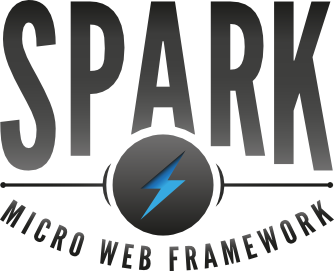http://blog.lunatech.com/2009/02/03/what-every-web-developer-must-know-about-url-encoding
This article describes common misconceptions about Uniform Resource Locator (URL) encoding, then attempts to clarify URL encoding for HTTP, before presenting frequent problems and their solutions. While this article is not specific to any programming language, we illustrate the problems in Java) and finish by explaining how to fix URL encoding problems in Java, and in a web application at several levels.













